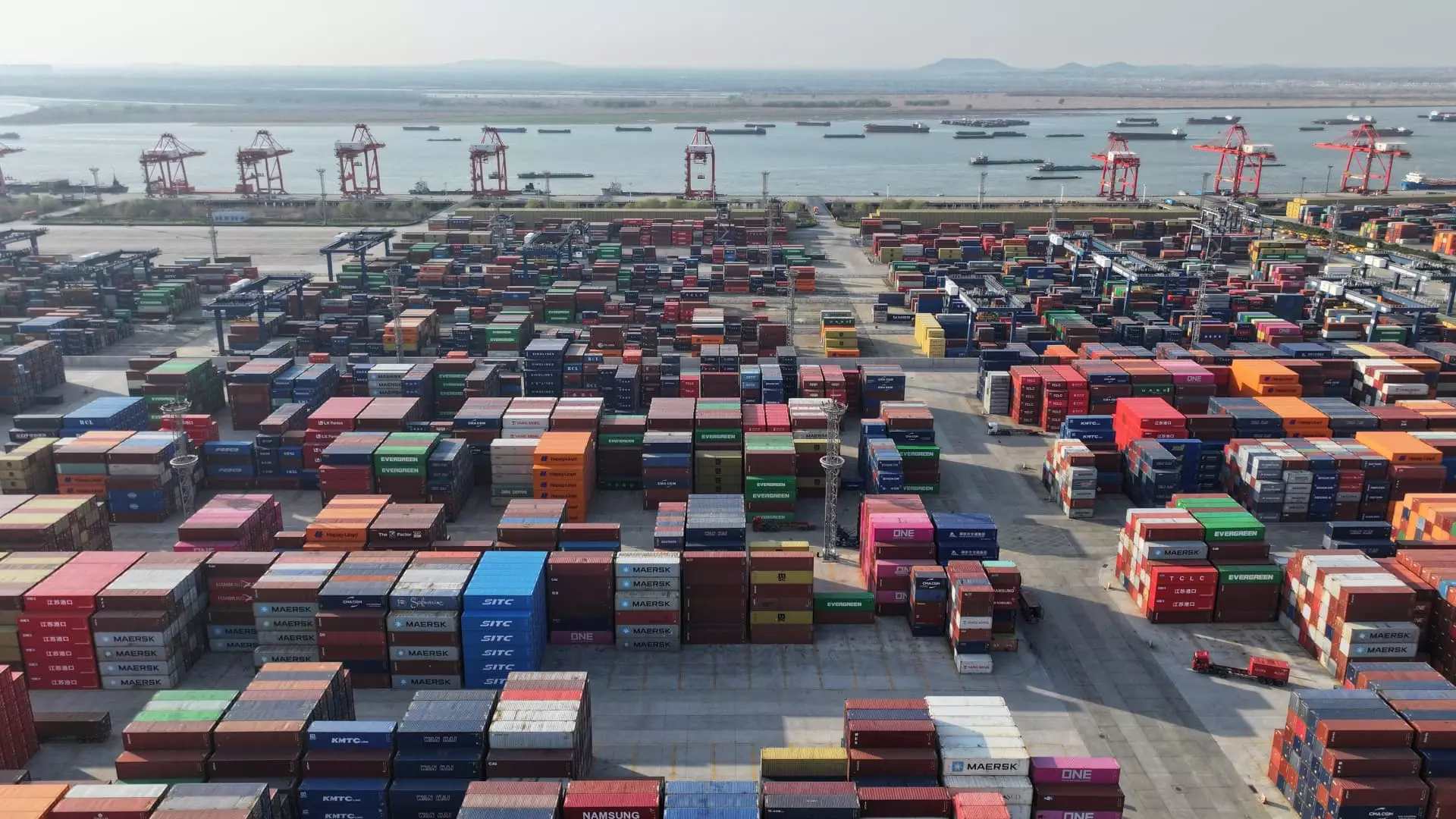In recent discussions surrounding economic policies, one message resonated loud and clear from Federal Reserve Chair Jerome Powell’s recent comments: tariffs are a direct cause of rising consumer prices. The Federal Reserve has adjusted its inflation forecasts, expecting heightened inflation in the coming years, primarily due to the fallout from tariffs imposed during the Trump administration. When tariffs are implemented, they serve as more than just taxes on imports; they are an economic burden that impacts every American’s wallet—often in ways we might not initially grasp.
Tariffs have historically been promoted as protective measures meant to safeguard American jobs and businesses. However, Powell’s assertion that “tariffs are simply inflationary” offers a stark warning: these protective measures can carry significant economic consequences that ultimately negate their intended benefits. It seems these tariffs aren’t merely a roadblock for foreign products; they are an obstacle for the American consumer.
The Hidden Costs of Protectionism
One of the core misconceptions surrounding tariffs is the belief that they are mainly a necessary evil to protect American industries. While it’s true that tariffs may provide a short-term boost to certain sectors, they come with increased prices for consumers. As Bradley Saunders, a North America economist, highlighted, the burden of tariffs does not simply disappear. When domestic businesses are faced with higher costs due to tariffs on imported goods, those costs frequently get passed down to the consumer.
Economists estimate that the average U.S. household could see their expenses increase by roughly $1,200 annually as a direct result of tariffs targeting products from Canada, China, and Mexico. When faced with such stark statistics, one must wonder: are consumers really benefiting from this so-called economic protectionism? The reality is that the supposed security provided by tariffs could ultimately lead to a market that is less competitive and less responsive to consumer needs.
Why the American Consumer Ultimately Loses
The protectionist measure of imposing tariffs does capture headlines about job creation within certain industries. Still, the broader economic implications yield results that are less favorable for the average American. As raw materials become more expensive—exacerbated by tariffs—companies manufacturing finished goods from those materials face ballooning production costs. The auto industry serves as a prime example; analysts suggest that tariffs could add up to an astonishing $12,500 onto the sticker price of a vehicle, an expense newly minted car owners may not be willing—or able—to absorb.
Additionally, broader estimates predict that these tariffs may contribute an extra $9,200 to the cost of buying a typical home. So, while tariffs may theoretically protect American manufacturing jobs, they simultaneously create substantial burden on consumers, who find themselves grappling with inflated costs in essentials such as housing and vehicles. This contradiction raises a critical question: Who is truly being served in this equation?
The Ripple Effect of Tariff Policies
Tariffs unleash a ripple effect that extends far beyond the affected industries. Many American businesses use imported components for their goods, and such tariffs disrupt the supply chain in complex ways. For smaller companies with tighter margins, these added costs could ultimately lead to layoffs or, in extreme cases, closure. As Lydia Cox from the University of Wisconsin-Madison insightfully pointed out, attempts to bolster some sectors put others at risk, raising a cautionary flag about unintended consequences.
It appears that the overarching narrative surrounding tariffs frequently overlooks this tragic irony: while they aim to create jobs and stimulate the American economy, the reality is that they could be leading us down a path of economic stagnation—where certain jobs are saved, but many others are lost to inflated costs and weakened demand.
The Prospective Future: Are We Stuck with Tariffs?
Despite the contentious debate over tariffs, one must remain open to the evolving nature of economic policies and their outcomes. Initially, the Trump administration touted these tariffs as a means to “Make America Great Again,” yet we must critically analyze whether this vision is coming to fruition or simply harming the fabric of the economy. Fed Chair Powell’s observations about inflation uncertainty remind us that we are all navigating uncharted territory.
As we progress into the future, with inflation estimates on the rise, it’s crucial to hold economic policymakers accountable—not just for their rhetoric, but for the tangible impacts their policies have on everyday citizens. It is clear from mounting evidence that tariffs present a double-edged sword, bringing forth the need for thoughtful and balanced approaches to economic policy that truly prioritize the welfare of American consumers. The tariffs that were once seen as temporary solutions now risk becoming long-term burdens that could erode the base of our economy.

